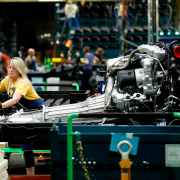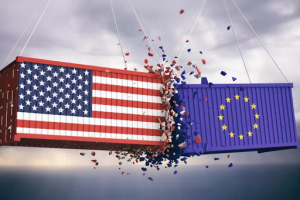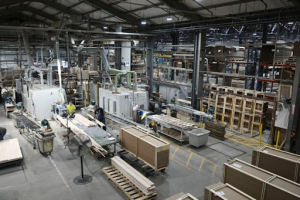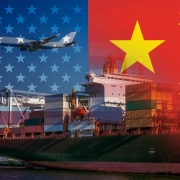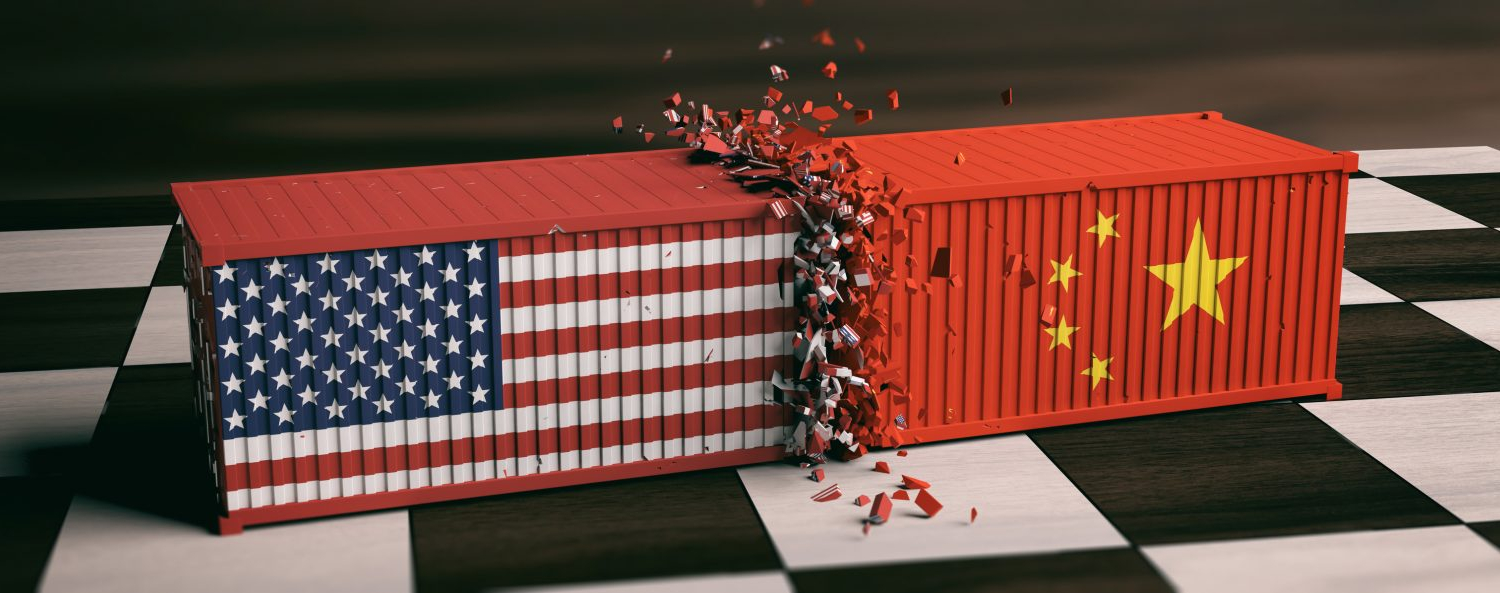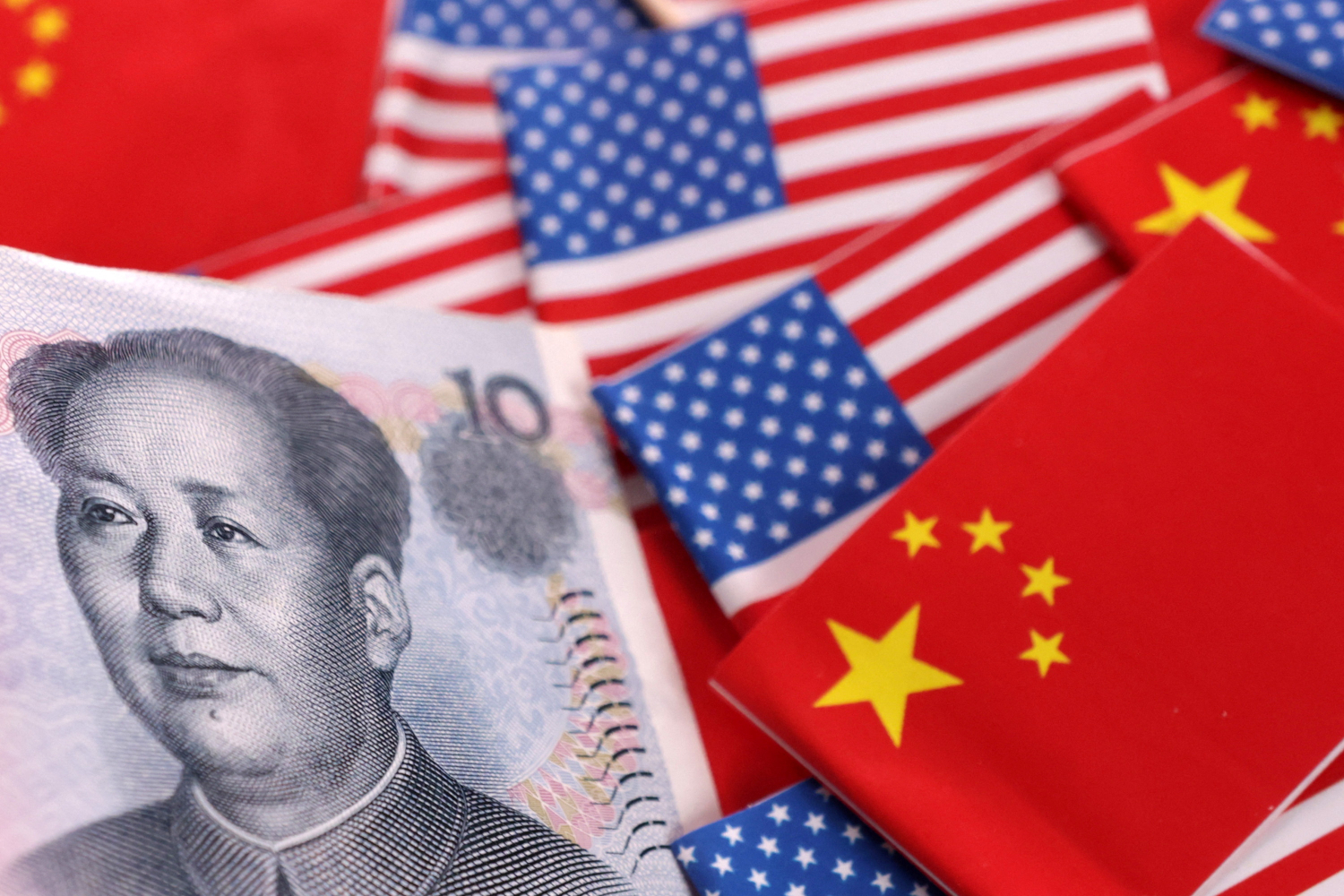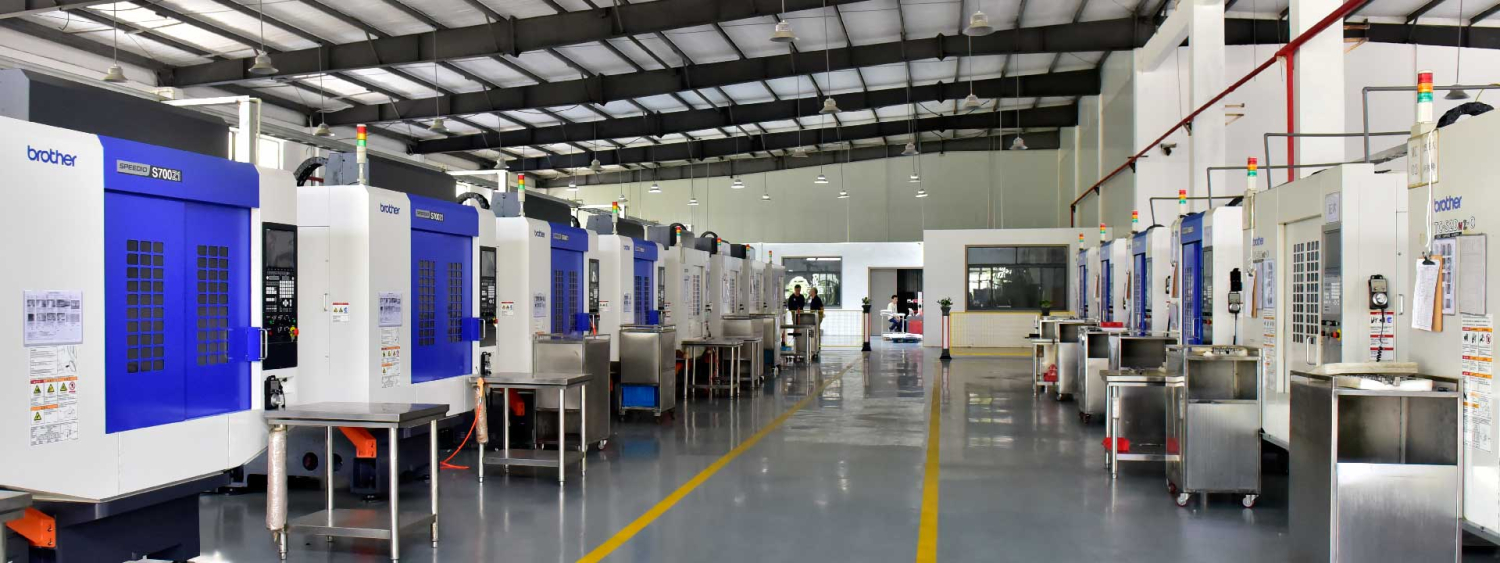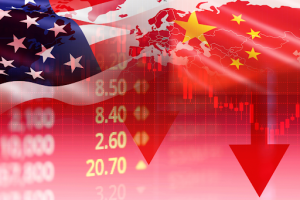The Impact of Trump 2025 Tariffs on American Manufacturing
In April 2025, the United States took a bold step in reshaping its global trade strategy by implementing broad tariffs under a renewed protectionist approach. President Donald Trump announced these policies in Executive Order 14257.
The administration positioned this move as part of a larger effort to “restore American greatness” in manufacturing, revive domestic industries, and address decades of trade imbalances.
The new tariffs come at a time when global supply chains are still recovering from the post-COVID era and geopolitical tensions are rising, especially with countries like China. While the administration promotes the tariffs as a catalyst for economic revival, experts remain divided. This article explores the US tariffs of 2025, their scope, and their overall impact, both positive and negative, on the American manufacturing sector.
Overview of the 2025 US Tariffs
The 2025 tariff policy, driven by Executive Order 14257, imposes a baseline 10% import tariff across the board, with additional duties on countries deemed to engage in “unfair” trade practices, including China, Vietnam, and some EU nations. Specific industries targeted include steel and aluminium (25%), automotive components (20%), textiles (15%), and consumer electronics (up to 35%).
This policy is not merely symbolic—it represents one of the most aggressive trade interventions in recent US history. According to the Tax Foundation, President Trump’s tariffs are projected to impact approximately $1.4 trillion worth of imports, a significant increase from the $380 billion affected during his first term.
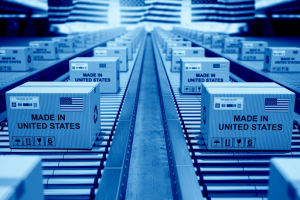
Goals of the Tariffs
The tariffs were introduced with the following goals by the US government:
- Rebalancing the trade deficit: In 2024, the US reported a $918 goods billion trade deficit, with China accounting for $294 billion, roughly 32% of that gap. The new tariffs aim to discourage excessive reliance on foreign goods and promote local alternatives.
- Revitalising American manufacturing: By making imported goods more expensive, US companies may find it economically viable to produce domestically.
- Enhancing national security: Critical industries like semiconductors and rare earth elements are now deemed strategic, and reducing dependency on foreign supply is part of a broader security doctrine.
- Increasing federal revenue: The tariffs are projected to generate over $120 billion annually in additional federal income, according to the US Trade Representative (USTR).
Benefits of the Tariffs for American Manufacturers
The tariffs are intended to offer the following benefits to the American industries and manufacturers:
-
Protection Against Unfair Competition
The tariffs are primarily aimed at levelling the playing field by protecting domestic manufacturers from artificially cheap imports subsidized by foreign governments. Industries such as steel, furniture, and electronics have long struggled against low-cost competition, especially from China.
Domestic firms now have the chance to regain market share and grow without being undercut on price. Due to more favourable conditions, sectors like aerospace, defence manufacturing, and heavy machinery are already reporting growth.
Interestingly, for companies finding it increasingly difficult to sustain operations in the US due to costs, the UK is emerging as a strategic alternative for manufacturing relocation. With lower trade barriers, access to EU markets through bilateral agreements, and an English-speaking workforce, the UK offers operational advantages for American and global companies looking for stable production bases outside the US.
-
Safeguarding Jobs
Tariffs could help protect domestic manufacturers from cheaper imports, giving local industries a competitive advantage. US steel and aluminium producers, for example, will undoubtedly be among the winners. They will sell more products at higher prices, bringing in more revenue and profit.
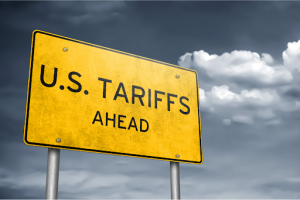
-
Encouragement of Domestic Investment
Higher tariffs on imports have encouraged US firms to look inward and reinvest in local production. Large players like Intel and General Motors (GM) have announced factory expansions, while hundreds of SMEs have signalled plans to upgrade or expand their facilities.
However, for many businesses, especially startups and mid-sized firms, domestic investment still presents challenges related to labour costs and regulatory hurdles. For such companies, relocating or expanding to the UK, where favourable trade policies and skilled labour are available, can be a viable strategy.
Kirmell offers expert guidance for businesses exploring such options in the UK by supporting them in establishing reliable supply chains and industry partnerships for a smoother transition.
Adverse Effects of the Tariffs on American Manufacturing
The tariffs will have some negative effects on American manufacturing, particularly those industries that heavily rely on foreign goods and materials, such as:
-
Increased Production Costs
The downside of tariffs is most clearly felt in industries dependent on imported materials. Steel, aluminium, electronics components, and industrial plastics are now significantly more expensive due to the new duties.
Companies that cannot find affordable local alternatives face rising operational costs, often resulting in price increases for end consumers or squeezed margins. For instance, a study by the Center for Automotive Research indicates that the 25% tariffs on imported auto parts are projected to increase manufacturing costs for major U.S. automakers by nearly $5,000 per vehicle.
This substantial cost increase underscores the significant financial impact these tariffs are having on the automotive industry
In these scenarios, relocating part of the production to countries with lower tariffs and more accessible raw materials is a cost-effective alternative. Again, the UK presents itself as a business-friendly hub with solid infrastructure and a transparent regulatory system.
-
Supply Chain Disruptions
Manufacturing today depends on global supply networks. Tariffs interrupt this flow, creating delays, compliance issues, and added costs. Some US firms are already experiencing project slowdowns due to component shortages or price volatility.
For businesses looking to regain control of their supply chain while avoiding excessive costs, the UK provides a central location for Europe-bound manufacturing, distribution, and warehousing. Companies like Kirmell offer industry-specific guidance for firms navigating this shift, helping them reduce risks and find new supply chain partners for their manufactured goods.
-
Retaliatory Measures
Canada, Mexico, China, and the EU have also imposed their own tariffs on US exports, further reducing the competitiveness of US-manufactured goods abroad. Read more about this in our blog on China tariffs on the US. Although the US paused its tariffs on the EU, Canada, and many other nations that were yet to implement their retaliatory tariffs for 90 days but the tariffs on China still remain in place. Still, however, these tariffs are just paused, and chances are they will be implemented in the future after 90 days.
Further, manufacturers that rely on exports, such as agricultural equipment producers, may face reduced demand if foreign markets close off or impose penalties.
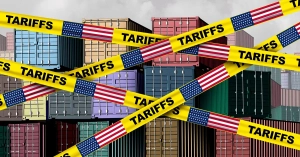
How Can Kirmell Help US Manufacturers Switch to the UK?
Kirmell is a UK-based precision manufacturing and engineering company that supports global businesses with high-quality component production and supply chain reliability. Specialising in CNC machining, laser cutting, presswork, and fabrication, Kirmell provides critical manufacturing services for heavy industrial applications—helping companies maintain efficient operations in a stable, tariff-friendly environment.
What Kirmell Offers:
- Component Manufacturing: ISO 9001:2015 certified production of precision parts using advanced machining, cutting, and metalworking technologies.
- Engineering Support & Prototyping: Custom tooling and development assistance to support new product introductions and modifications.
- Supply Chain Partnership: Reliable manufacturing support for companies sourcing components or assemblies within the UK due to high tariffs elsewhere.
- Export Capabilities: Kirmell supplies quality presswork and components to international clients across Europe, North America, and beyond.
- Industry Experience – Serving heavy industrial sectors, including automotive, construction, infrastructure, and engineering.
Whether you’re facing rising tariff pressures or seeking a stable, long-term supply partner in the UK, Kirmell provides the industrial capabilities and expertise to support your operations with confidence. Contact us now for a free consultation right away.
Ready to Take the Next Step?
Visit Kirmell and book a free consultation. Whether you’re a startup, a mid-sized manufacturer, or a multinational, Kirmell will help you turn trade challenges into strategic growth opportunities.
Conclusion
The 2025 US tariffs have redefined the landscape of American manufacturing. While they offer compelling benefits—like encouraging domestic investment, protecting local industries, and promoting job creation—they also carry significant risks. Higher production costs, global retaliation, and inflationary pressures could undermine the very gains they seek to deliver.
For businesses feeling squeezed by rising expenses or uncertain supply chains, exploring manufacturing alternatives such as the UK could offer much-needed relief and opportunity. And with expert partners like Kirmell on hand to guide that transition, companies don’t need to go it alone.
The effectiveness of US tariff policy will ultimately depend on strategic planning, adaptability, and the right domestic and international partnerships.
FAQs
How do the 2025 US tariffs affect American manufacturers?
What is the impact of import tariffs on domestic production?
What are the effects of the 2025 tariffs on US manufacturing jobs?
Which industries are most affected by the 2025 US tariffs?
Why should US companies consider the UK for manufacturing?

